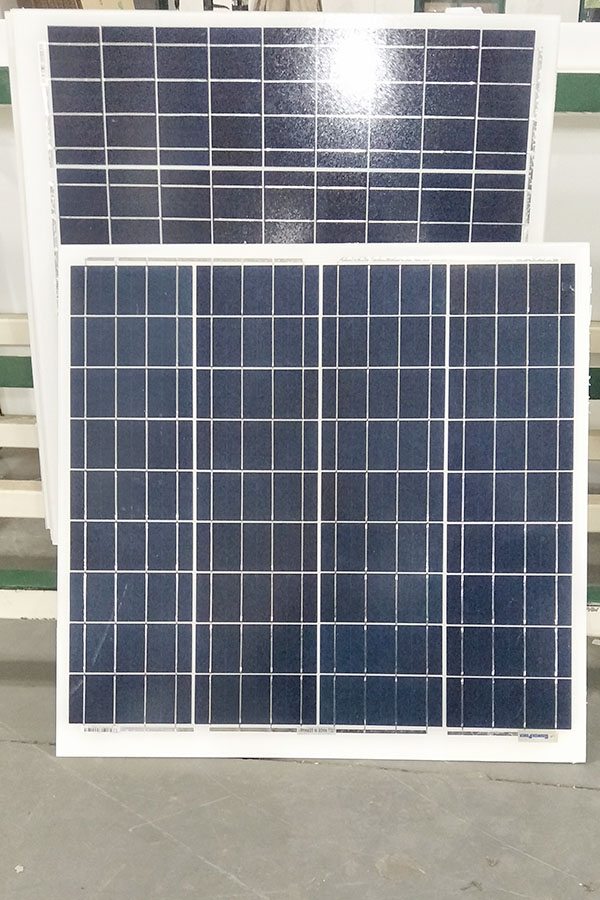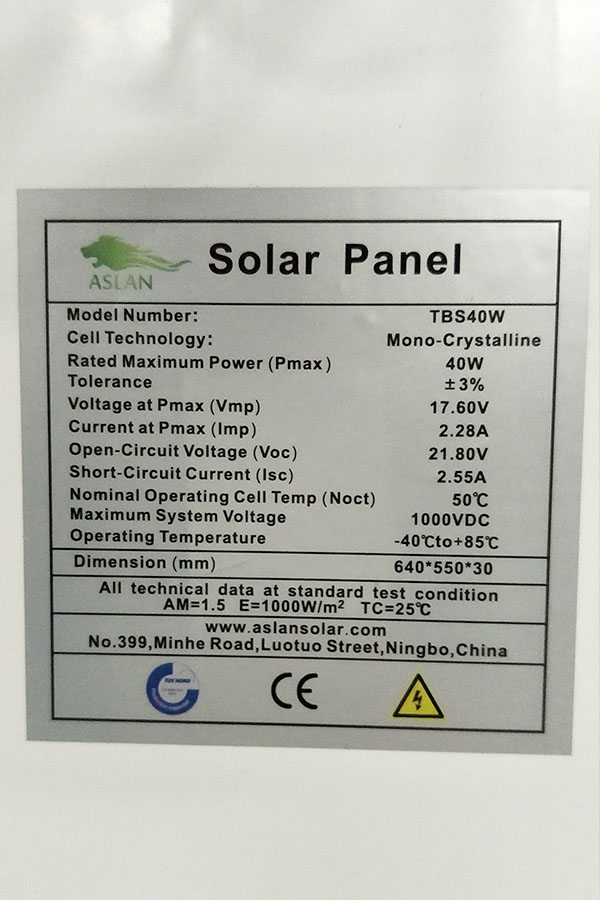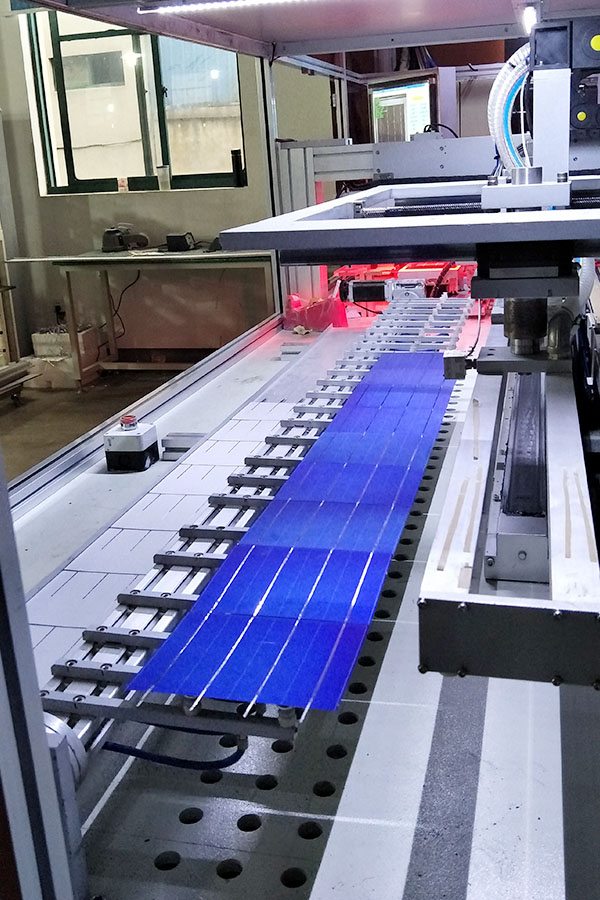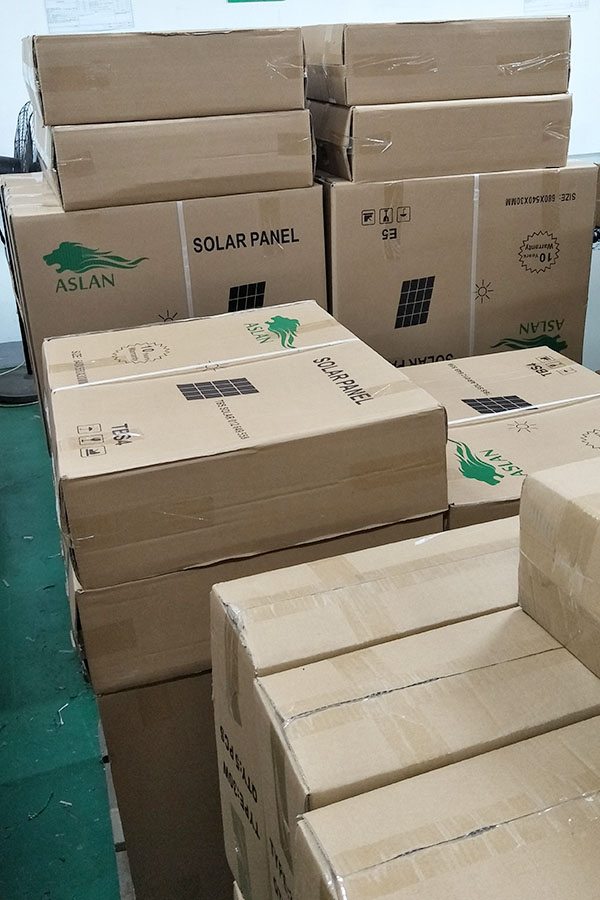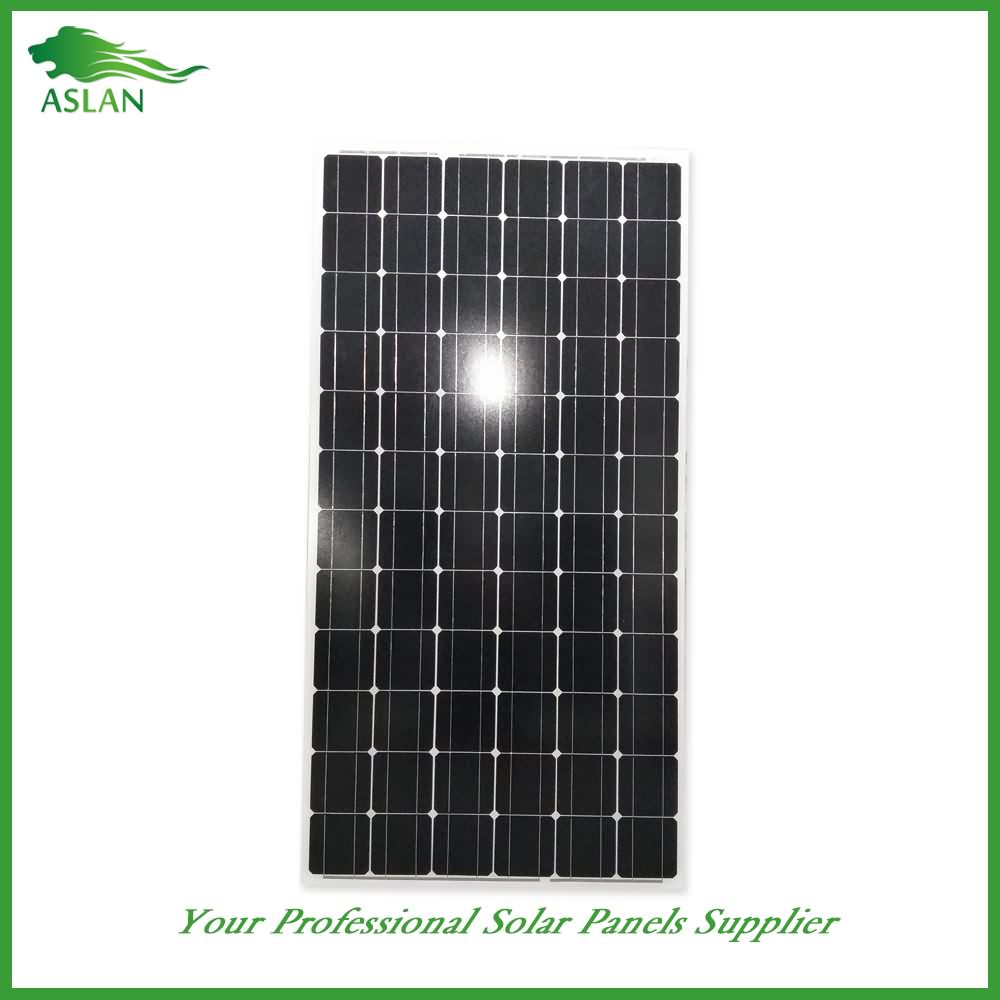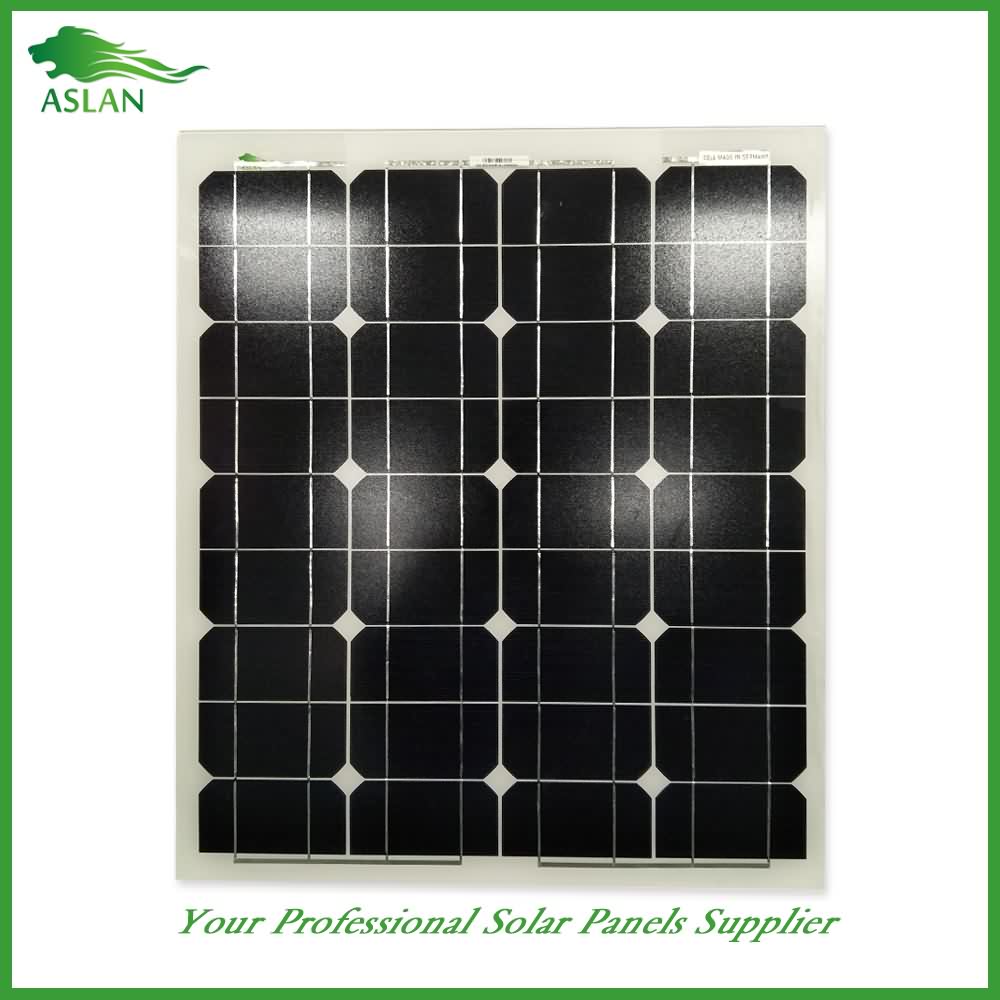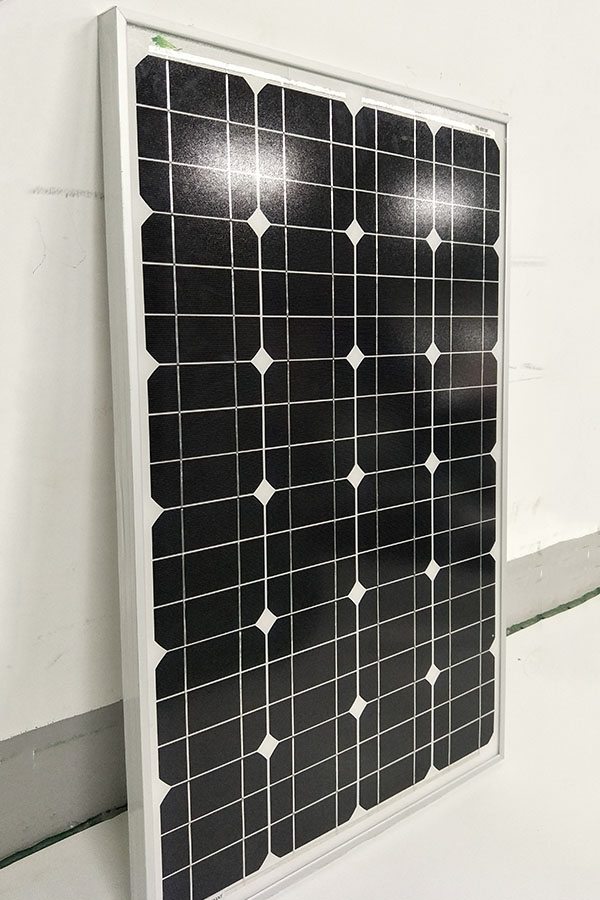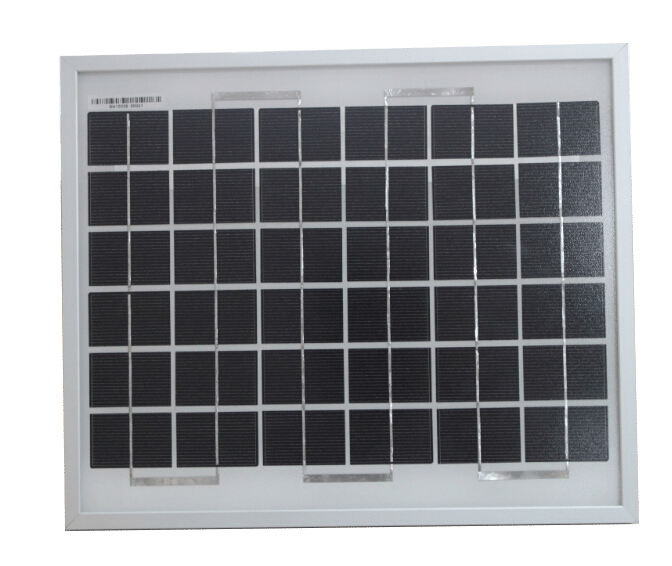Good quality 100% Poly-crystalline Solar Panel 50W Factory from Nepal
Short Description:
In order to best meet client's needs, all of our operations are strictly performed in line with our motto " High Quality, Competitive Price, Fast Service " for Good quality 100% Poly-crystalline Solar Panel 50W Factory from Nepal, Please send us your specifications and requirements, or feel free to contact us with any questions or inquiries that you may have.
Poly-crystalline Solar Panel 50W
Technical parameter
Maximum Power(W) 50W
Optimum Power Voltage(Vmp) 18.43V
Optimum Operating Current(Imp) 2.71A
Open Circuit Voltage(Voc) 22.48V
Short Circuit Current(Isc) 2.98A
Mechanical Characteristics
Cell Type Poly-crystalline 156 x 52mm
No of Cell 36 (4x9pcs)
Dimensions 678x542x25mm
Weight 4.2Kg
Front Glass 3.5mm,High Transmission, Low Iron,Tempered Glass
Junction box IP65 Rated
Output Cable TUV 1×4.0mm2/UL12AWG,Length:900mm
Temperature and Coefficients
Operating Temperature(°C): -40°C ~ + 85°C
Maximum System Voltage: 600V(UL)/1000V(IEC) DC
Maximum Rated Current Series: 15A
Temperature Coefficients of Pmax: -0.47%
Temperature Coefficients of Voc: -0.389%
Temperature Coefficients of Isc: 0.057%
Nominal Operationg Cell Temperature (NOCT): 47+/-2°C
Materials of solar panel
1).Solar Cell——Poly-crystalline solar cell 156*52mm
2).Front Glass——-3.2mm, high transmission, low iron, tempered glass
3).EVA——-excellent anti-aging EVA
4).TPT——-TPT hot seal made of flame resistance
5).Frame——anodized aluminum profile
6).Junction Box——-IP65 rated, high quality, with diode protection
Superiority: high quality anodized aluminum frame, high efficiency long life, easy installation, strong wind resistance, strong hail resistance.
Features
1. High cell efficiency with quality silicon materials for long term output stability
2. Strictly quality control ensure the stability and reliability, totally 23 QC procedures
3. High transmittance low iron tempered glass with enhanced stiffness and impact resistance
4. Both Poly-crystalline and Mono-crystalline
5. Excellent performance in harsh weather
6. Outstanding electrical performance under high temperature and low irradiance
Quality assurance testing
Thermal cycling test
Thermal shock test
Thermal/Freezing and high humidity cycling test
Electrical isolation test
Hail impact test
Mechanical, wind and twist loading test
Salt mist test
Light and water-exposure test
Moist carbon dioxide/sulphur dioxide
Yesterday afternoon, I wanted to do some more load testing on the solar power system. I had both the battery and inverter current displays and the Kill-a-watt meter reading the inverter output. And with the super capacitor hooked up to the inverter, I wanted to see how the system handled my freezer load when there was an existing load on the inverter.
I used my solar heating system with the big in-line fan pulling 115 watts along with the other DC fans in that system and a bunch of LED light running. That all added up to about 27 amps of DC current before the freezer started (11 to the inverter and 16 to the DC loads).
I just let the camcorder run to capture the start-up surge and I saw it hit a peak of 195 amps into the inverter, about 6.5 amps out of the batteries. I saw 1145 VA off the inverter output, although the Kill-a-watt meter is pretty slow to respond. The good result was no inverter beeping due to low voltage, might not seem like a big deal, but to me it is, I am getting the full rated surge output of the inverter with my small battery bank.
Sorry if the video rambles a bit, but I am just trying to talk to what the system is doing under load and as there are some high clouds moving past. This was something I wished I could see when I was first designing my system, as I was not exactly sure how the charge controller worked under these type of conditions.
Essentially, I have some DC loads (LED lights and fans) running off the LOAD output of the charge controller, about 16 amps in this case. The charge controller will send out that 16 amps no matter what, even at night. If the solar panels do not output enough power, it’ll pull power out of the batteries to supply that load, at least until you hit the low battery voltage shut-off. That’s why I use the controller’s LOAD output since it has the shut-off to protect the batteries from over discharge.
Then there are the batteries, inverter and super capacitor, which I have wired in parallel off the BATTERY output of the charge controller. The inverter will take whatever current it needs out of the capacitor and batteries, regardless of what the charge controller is doing. Again, this would happen even at night, down to the low battery voltage shut-off point.
The charge controller takes whatever current it can get from the solar panels and uses that to maintain the battery voltage, charging them if needed, otherwise just supplying what the inverter needs. And if there is more solar power than needed, the charge controller just lets the panel voltage rise to find a lower power point where it can pull just the power required at that instant. You can see the battery charging current on the meter was anywhere from 15 amps to 27 amps and all that time 25 amps is being pulled by the inverter. Realize the charge controller has no idea the inverter is there.
This all happens automatically. The charge controller is working all the time to balance power coming in and going out plus a little extra to keep the batteries charged up.
So while I have 900 watts of panels, it does not mean the charge controller is pulling 900 watts all the time. It only pulls whatever power it needs at a given time. I have seen it hit 45 amps on the battery charging side for brief periods and I have hit nearly 20 amps on the DC output at times. Those are at or above the rated capacity of the controller. Most of the time I am only at one third to one half the rating of the system, but it is good to have the headroom for those marginal sun days.
Hope you found this video interesting, sorry if it is a bit disorganized, but it is hard to script the sun and clouds to do what I want them to do.
Thanks for watching, any questions in the comments section below.
Solar dc and ac detail in Urdu, how to use DC an AC together, in this video you will learn how to use Solar system DC load and AC load at same time, you can also watch my 3 more videos about inverter and 2 videos about Charge controller link below
1. How to Connect Inverter with Solar system in Urdu Hindi Part 1
2. How to Connect Inverter with Solar system in Urdu Hindi Part 2
3. How to Connect Inverter with Solar system in Urdu Hindi Part 3
Charge Controller videos link
1. Solar Charge Controller Detail Part 1(سولر چارج کنٹرولر کیا ہے اور اسے کس طرح لگاتے ہیں)
2. Solar Charge Controller Detail Part 2 (چارج کنٹرولر کی سیٹنگ کرنے کا طریقہ)
My other videos
1. how to install solar system in Urdu
2. Solar System DC to AC Video Demo(سولر سے بجلی کا پنکھا /لیپ ٹاپ کیسے چلائیں)
3. Solar System Complete Installation Guide In Urdu/Hindi
4. Poly Vs Mono Solar Panel
5. solar system Dc wire complete Detail Part 1
6. solar system Dc wire complete Detail Part 2
7. Solar Panel Repairing Part 1((وائر چینجنگ
8. Solar Panel Repairing Part 2(سولر پینل ریپئرنگ جنکشن باکس)
My Facebook Group link:
https://www.facebook.com/groups/407856312922161/
Subscribe my Channal for more updated Videos about Solar System
